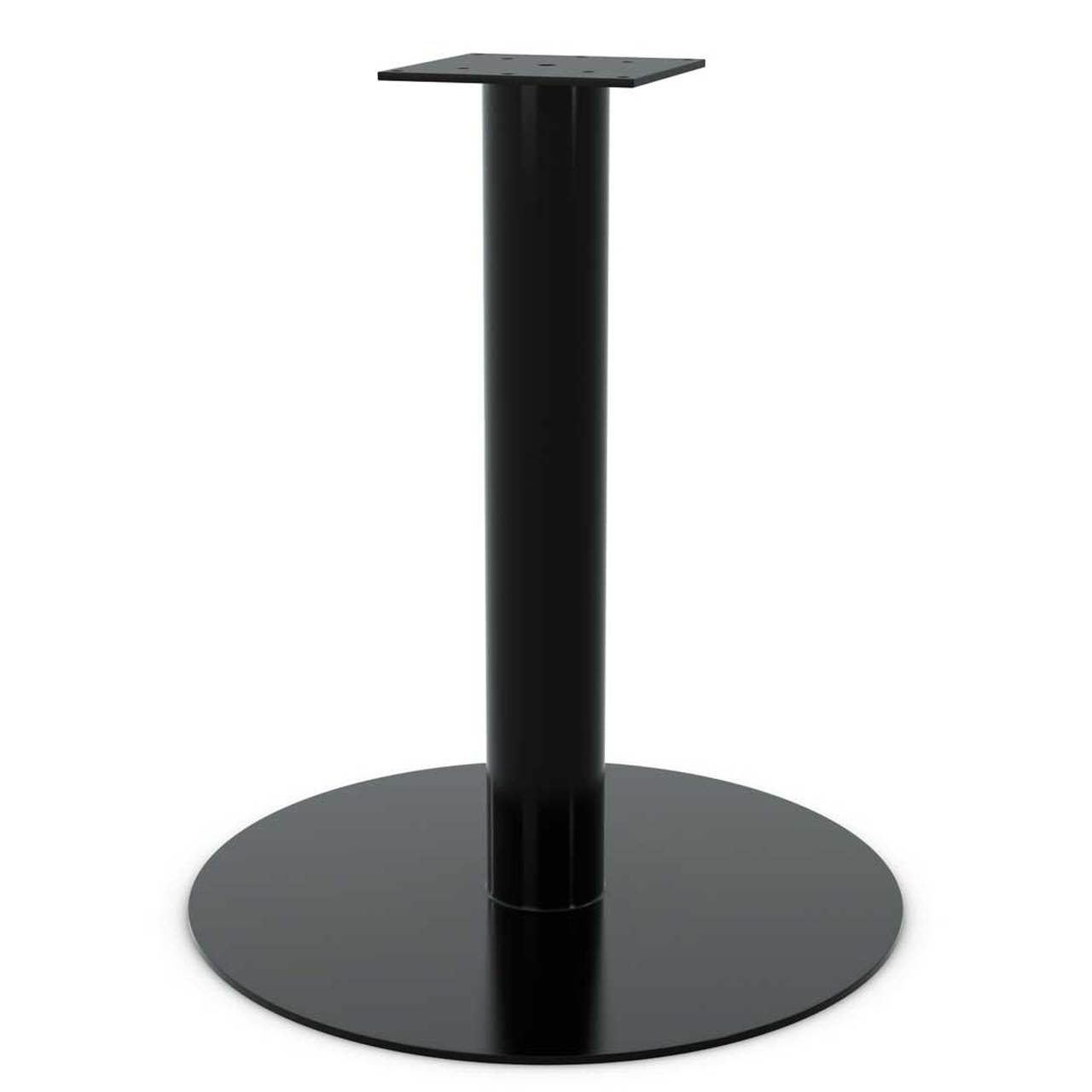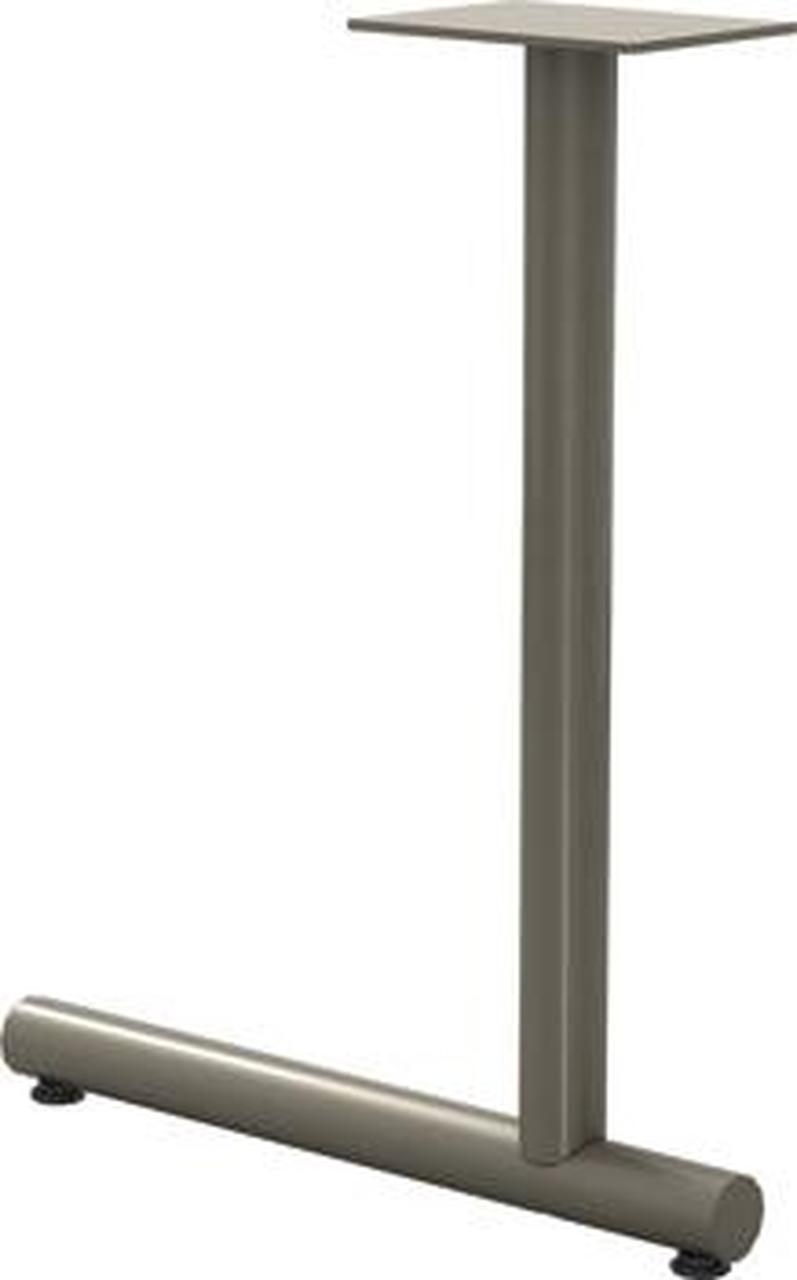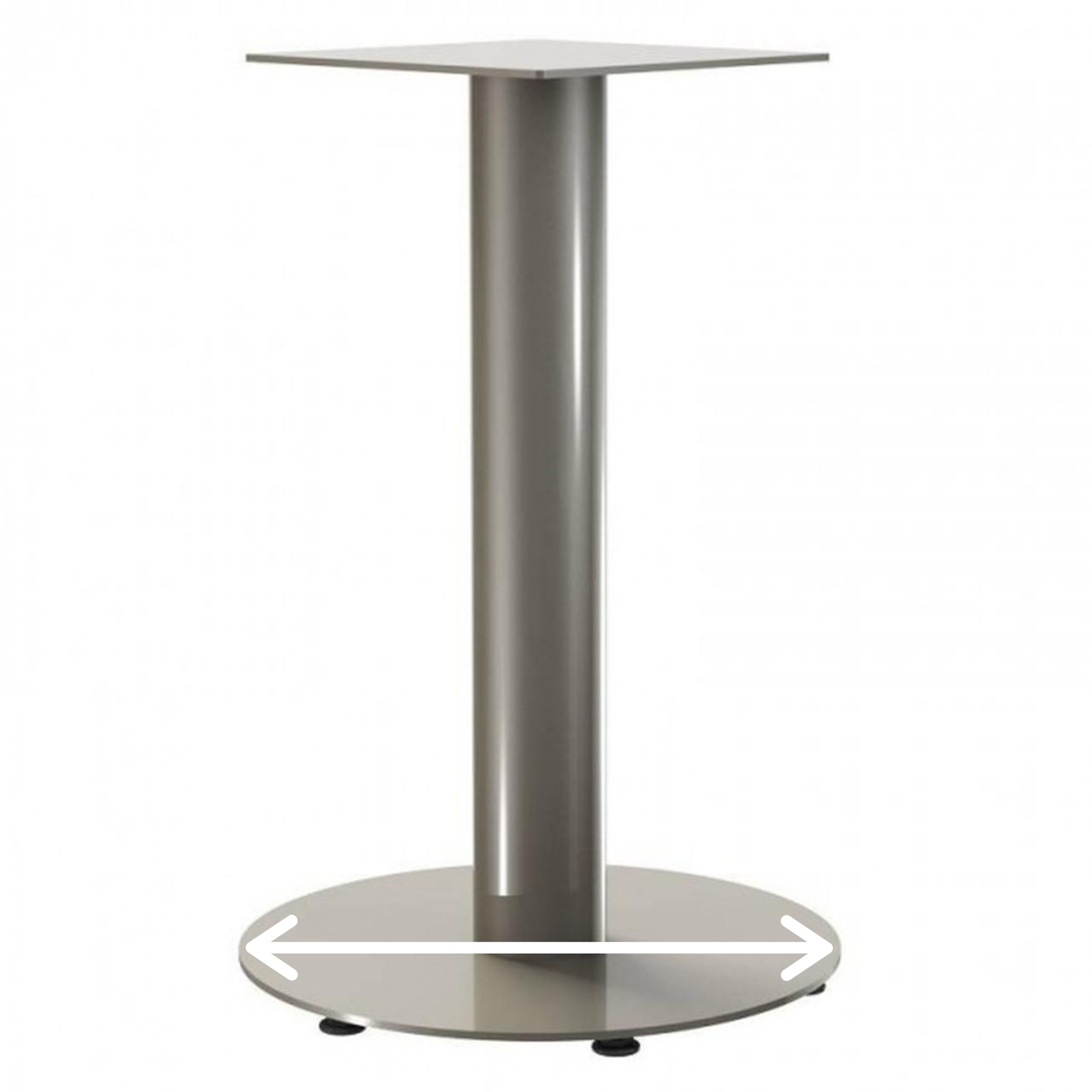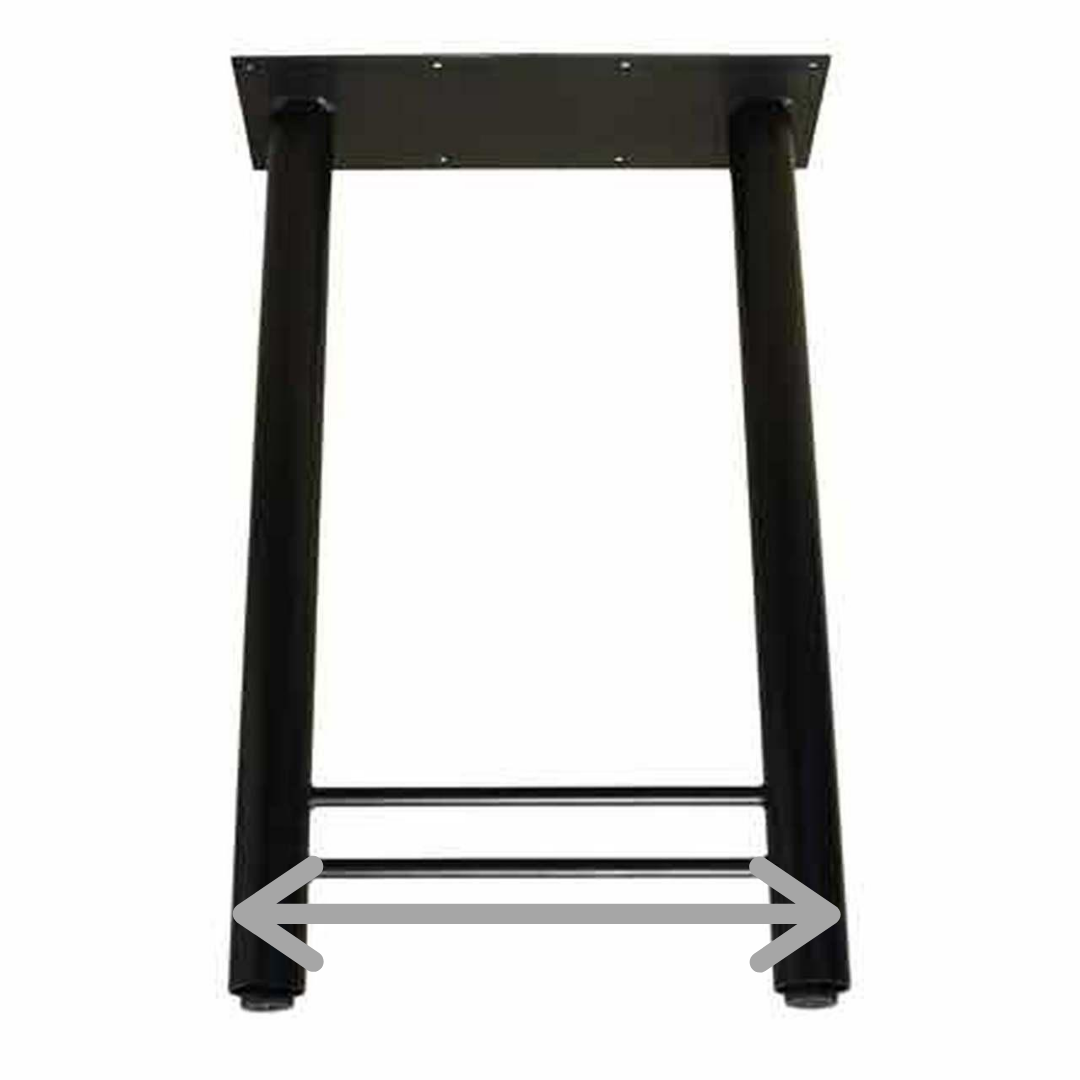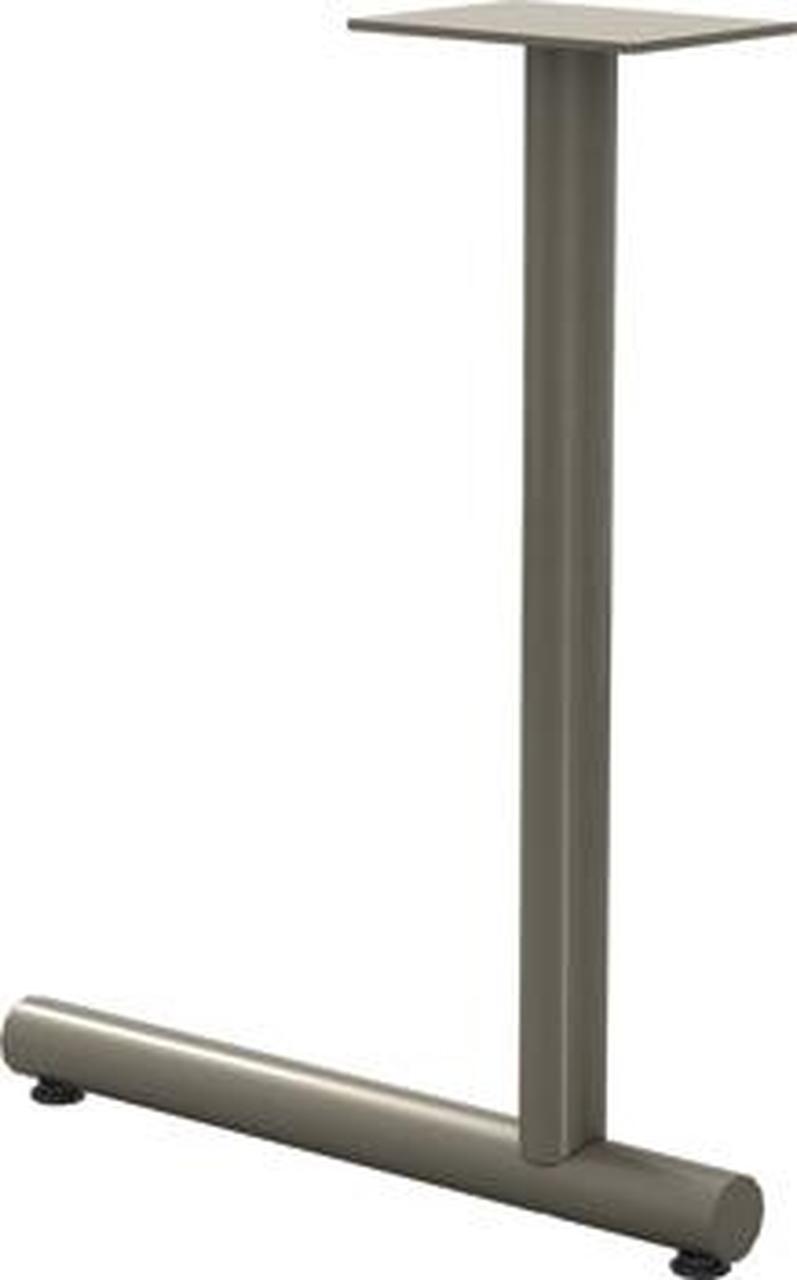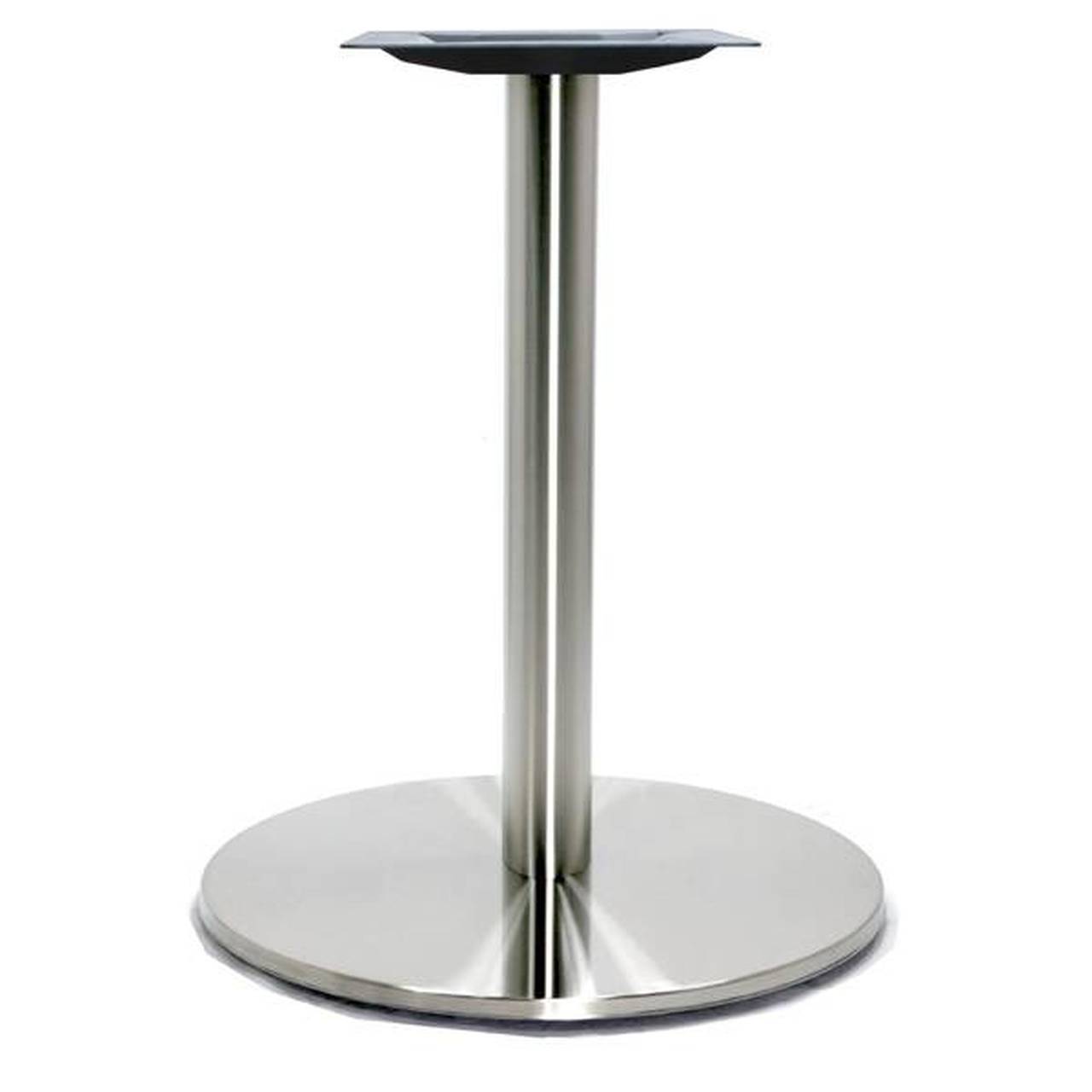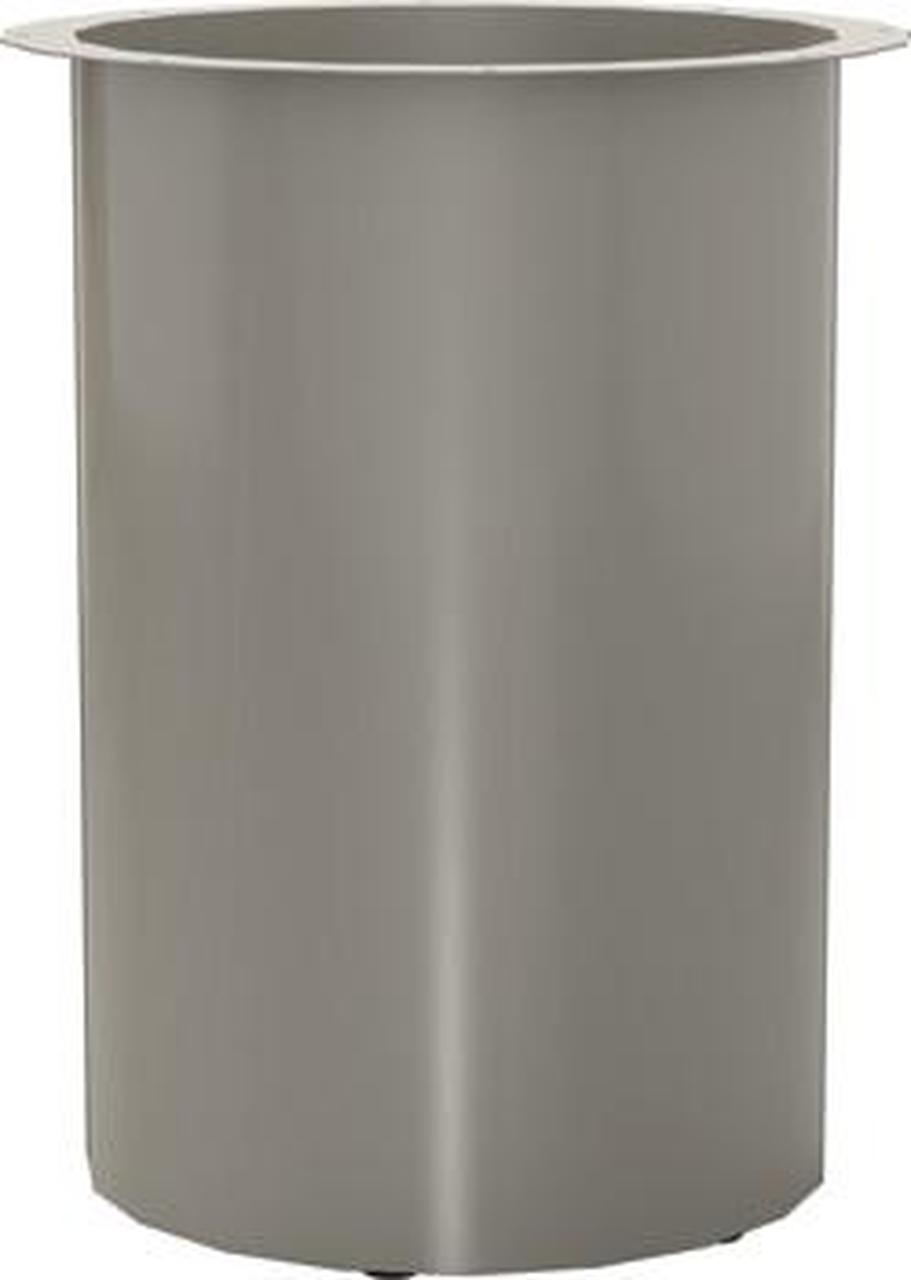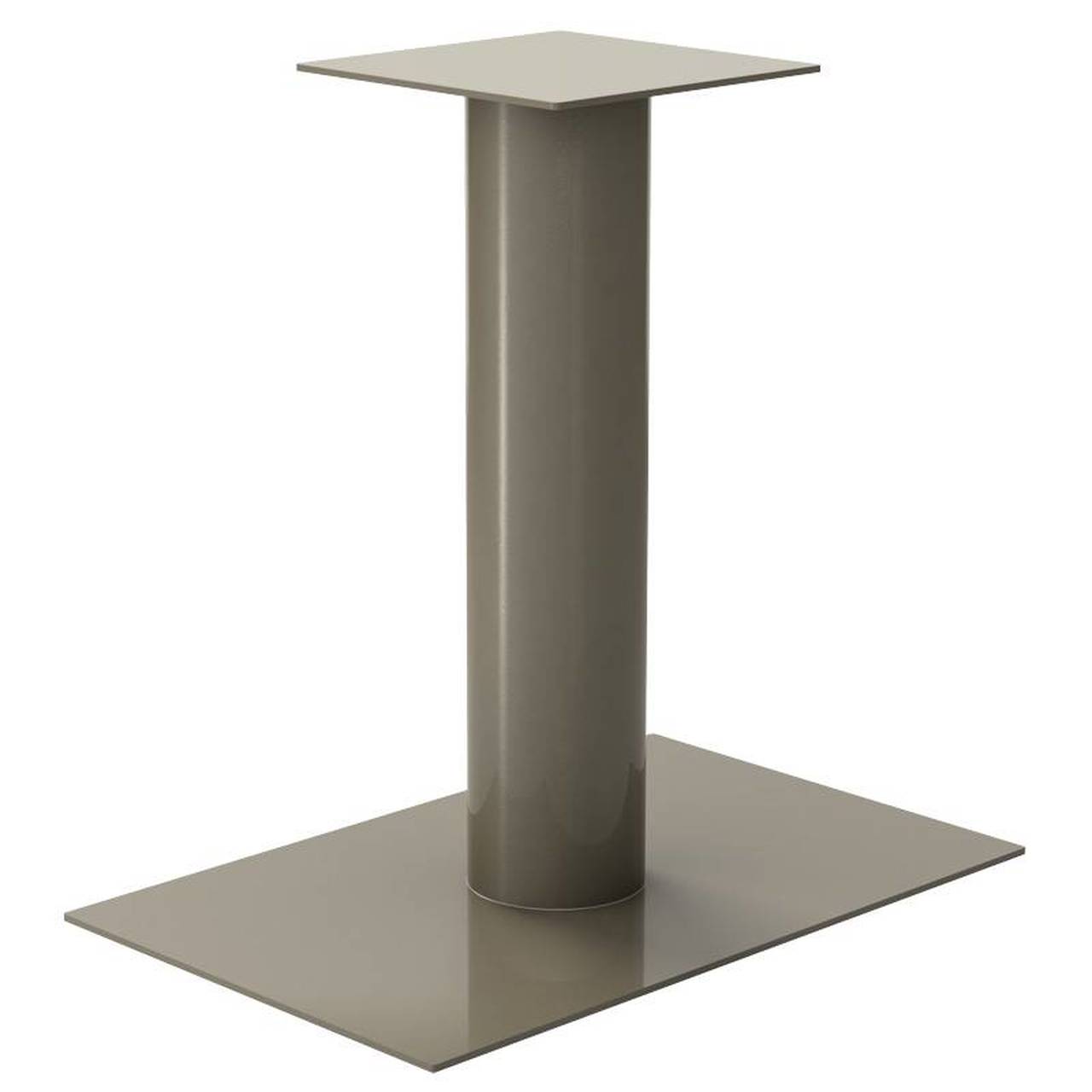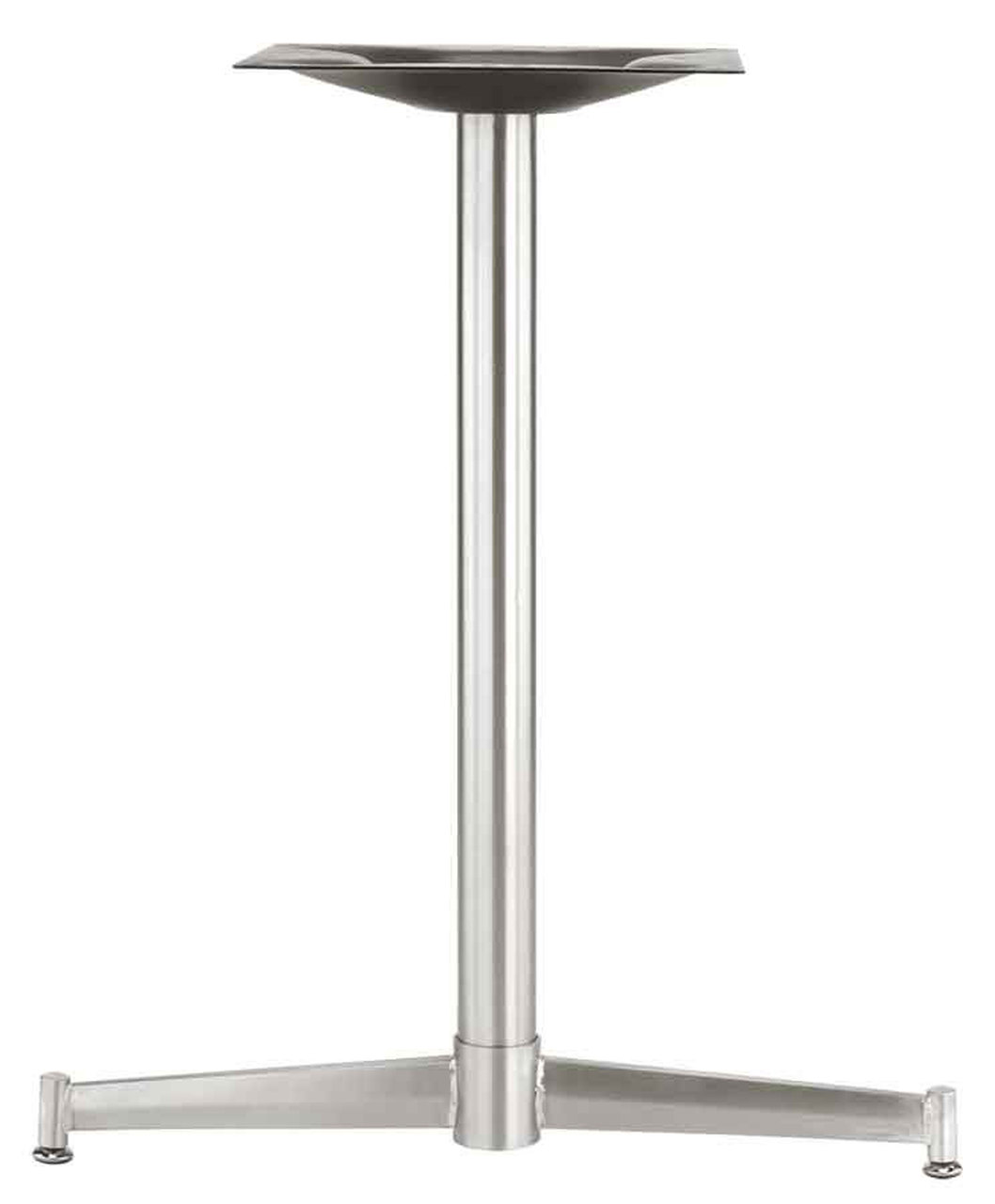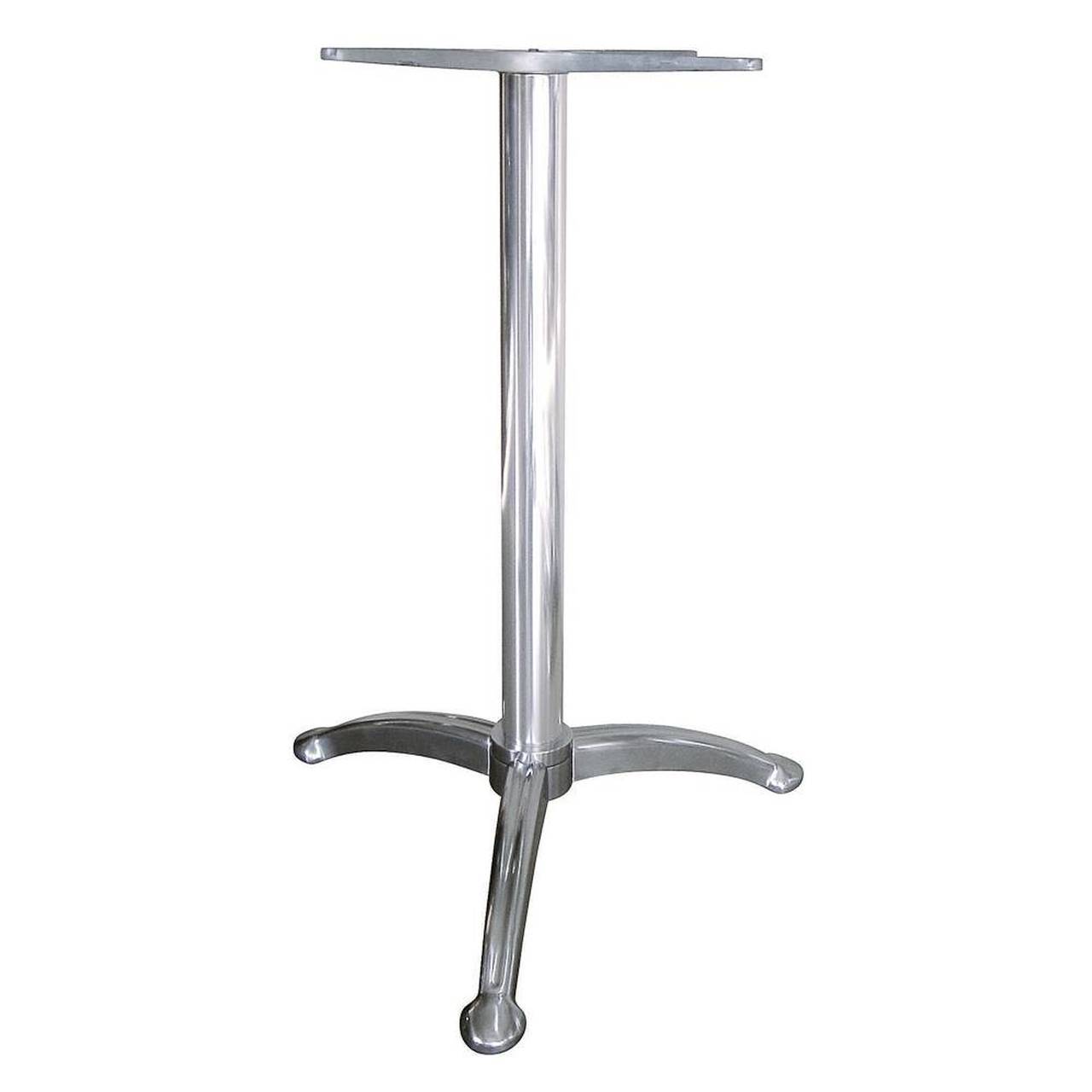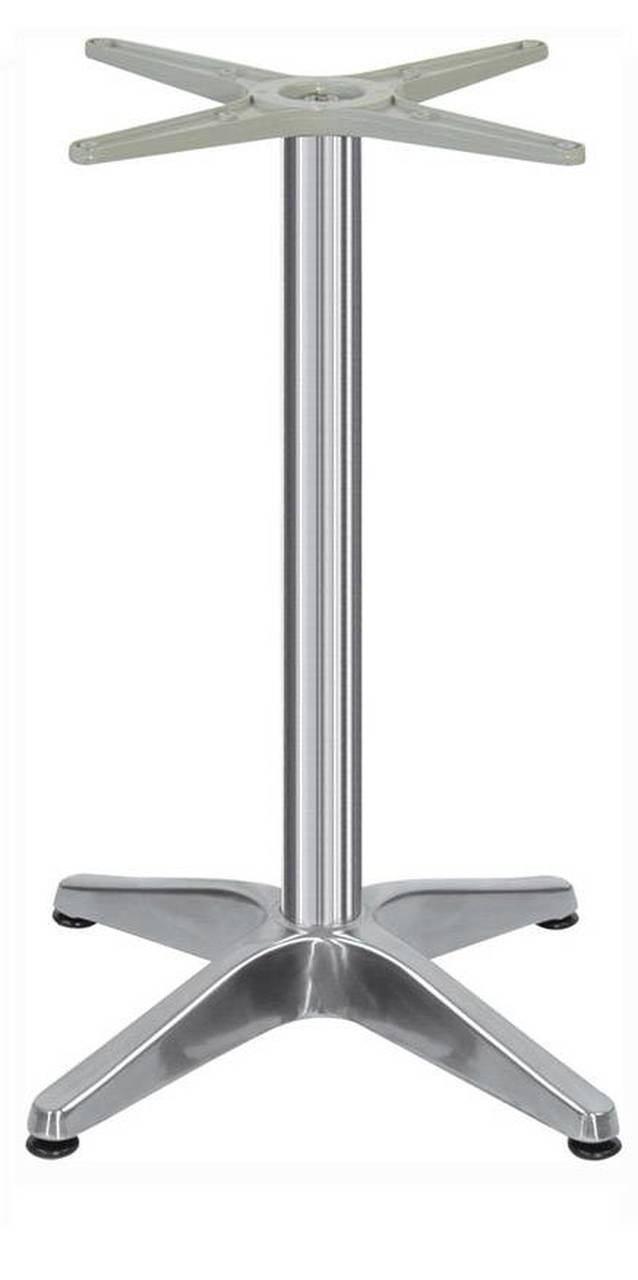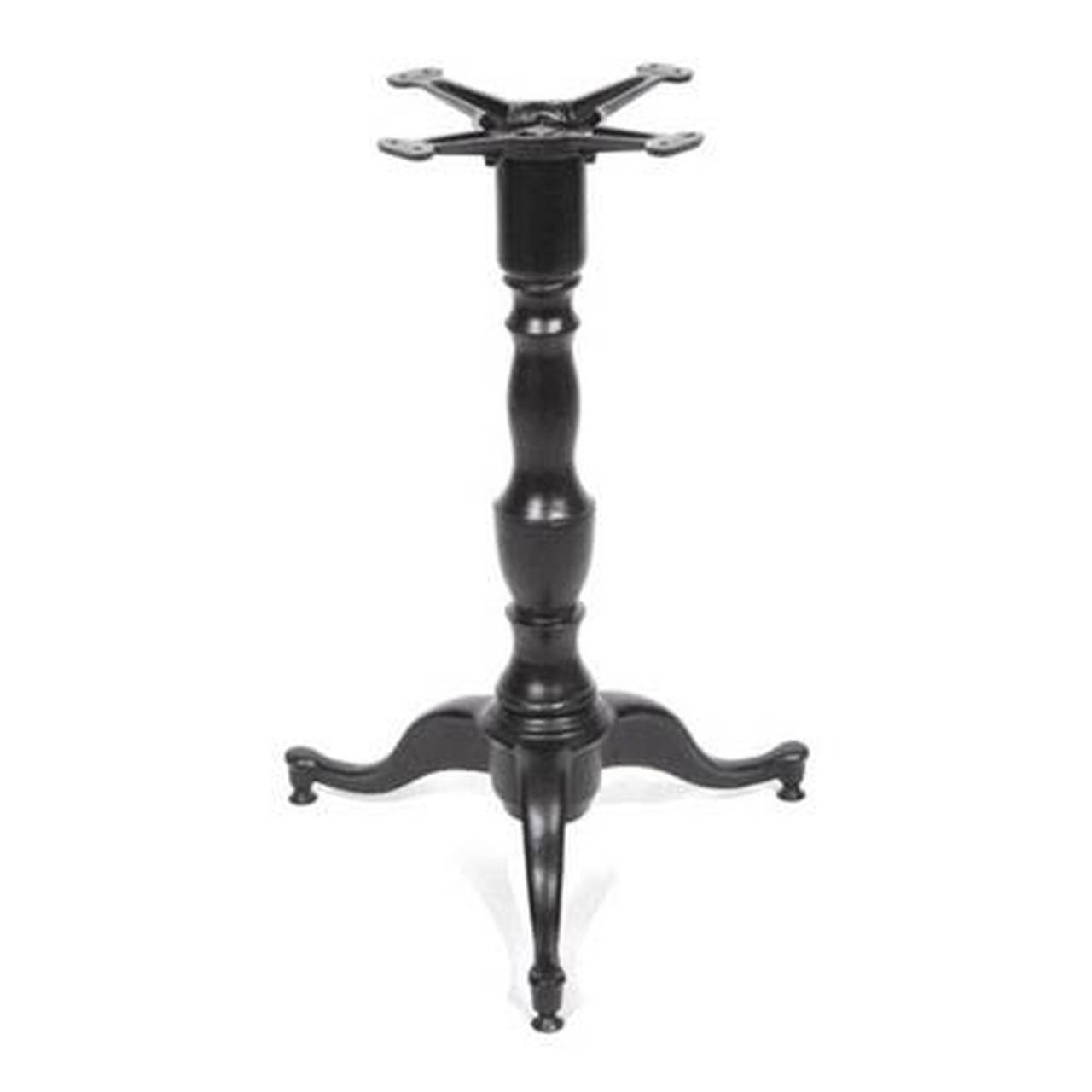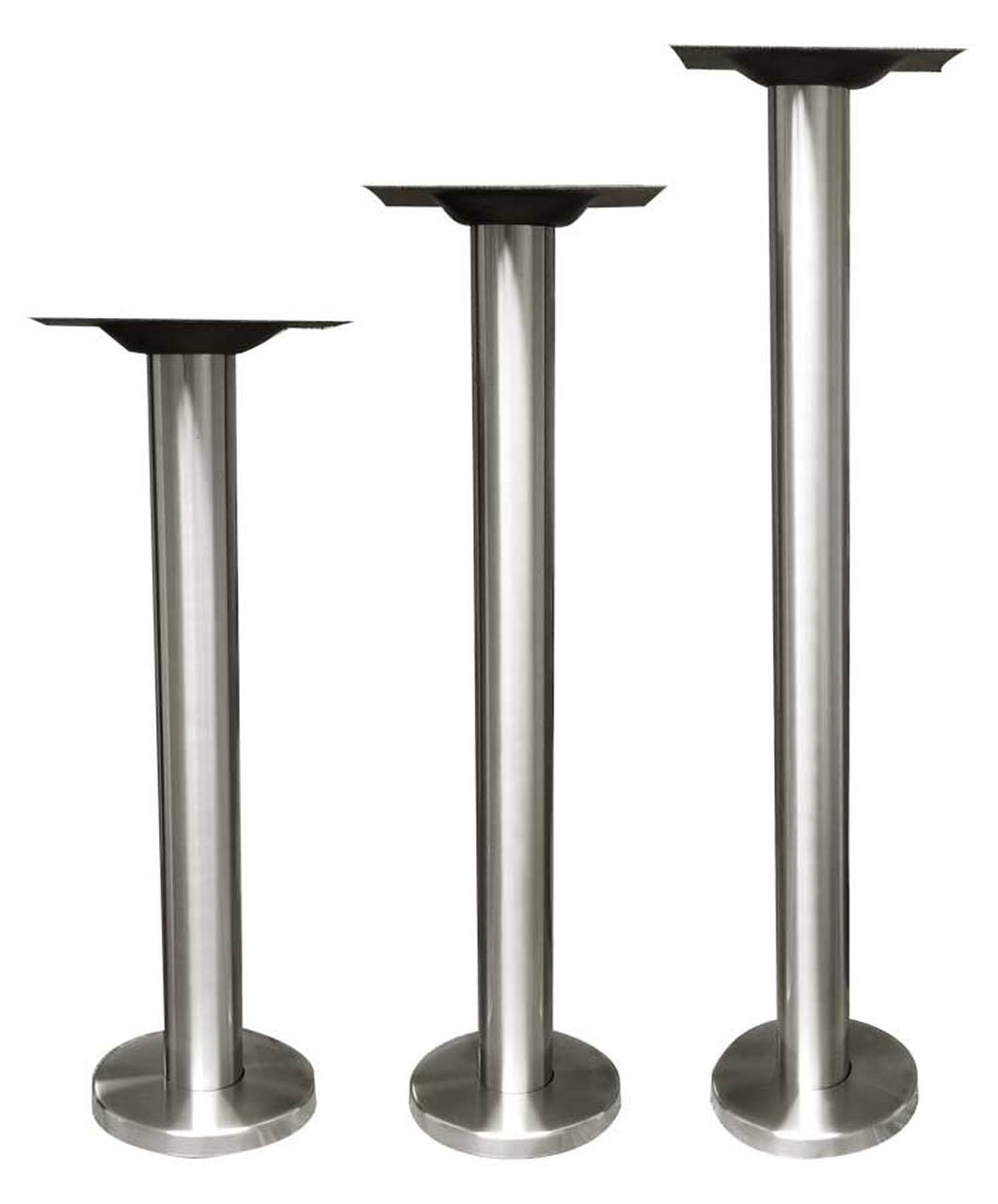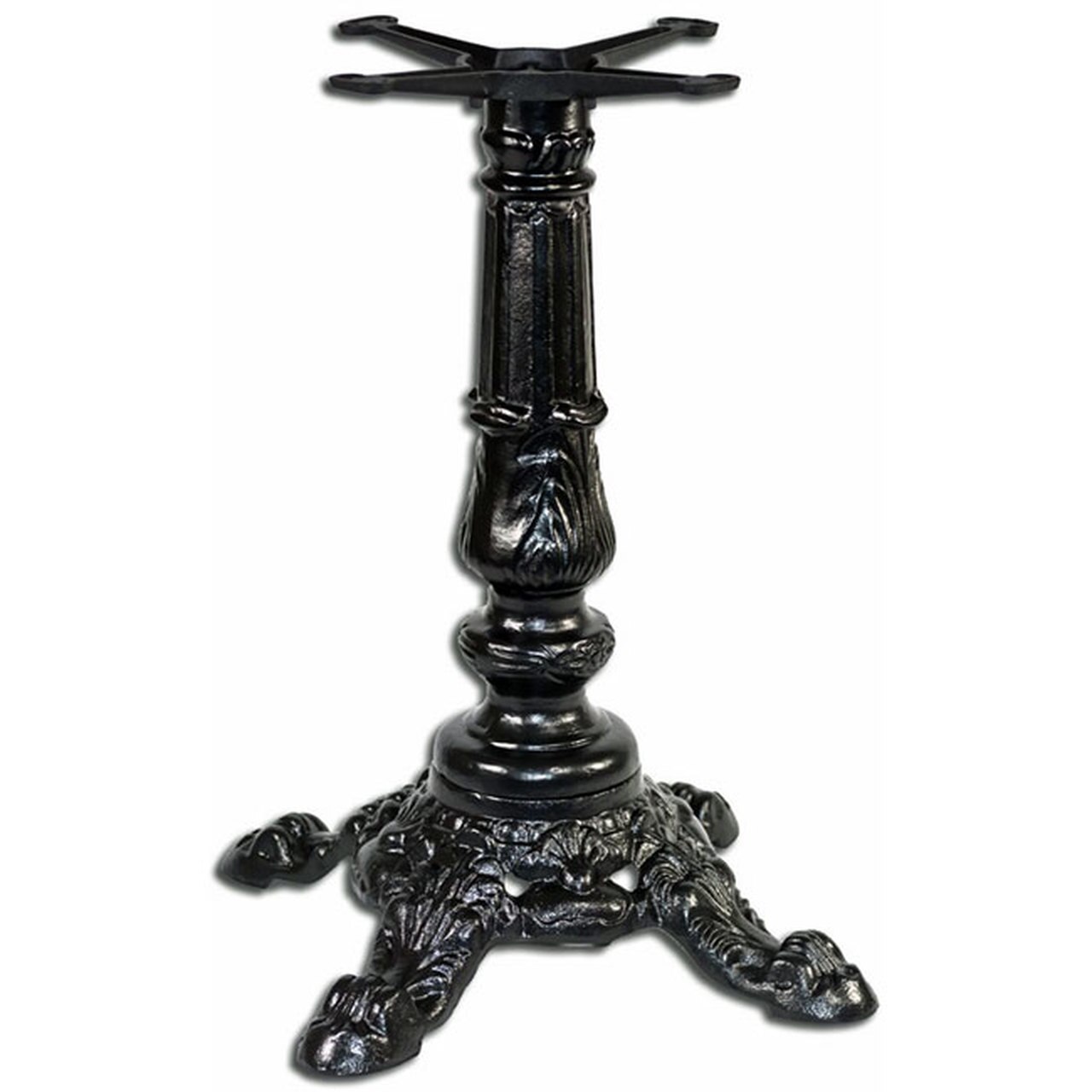How To Choose A Table Base
How to Choose a Table Base
When choosing a table base, there are important factors to consider to ensure that you pick the best option. We’ve broken up the choices and ordered them by importance to streamline your decision-making process.
Main Factors
1. Height
Table bases come in a variety of heights, and some can also be custom cut to your specified height. The most common table base heights are desk or office height, counter top height and bar height.
Desk or office height table bases are commonly used in office and educational applications but are also used on kitchen tables. Desk or office height tables are what you would think of as traditional or standard height tables. Counter top height table bases are most commonly used in kitchens for tables, kitchen islands and peninsulas, breakfast nooks, or counter top overhangs. However, they can also be used on standing work stations. Bar or pub height table bases are used (as you probably could guess) on bar tables, bar overhangs and bar extensions.
|
Desk or Office Height 27" - 30" |
Counter Top Height Table Base 34" - 36" |
Bar Height Table Base 40" - 44" |
2. Size
This factor breaks into two main parts. There is the base diameter. This is the measurement refers to the section of the table base that sits on the floor.
There is also the base spread. The base spread will determine how stable your base is and will define the maximum dimensions of your table. In general, the smaller the base spread, the smaller the table top.
|
Base Diameter |
Base Spread |
3. Maximum Table Top Size / Load Capacity
This factor tells you what you can safely put on top of your table base. The load capacity will tell you the weight that the base can hold up, but maximum table top size is arguably more important to pay attention to. If your table top has a very large diameter but is still below the load capacity weight, it may lead to an unstable table that could tip over.
The maximum table top size depends on the table base
4. Material
Table bases will be made from several different materials. The most common are stainless steel, steel, iron, and aluminum.
Stainless steel bases are great for restaurants, kitchens and outdoor tables. This is because stainless steel is rust resistant. If your table base might be coming in contact with liquids on a regular basis, you may want to go with stainless steel. If you will be working with or near food, check out bases made of 304 "food grade" stainless steel. 304 grade is the most common grade of stainless steel and should be used in food preparation and dining applications. It is used because it is resistant to the corrosion caused by the acids found in fruits, vegetables and meat, and is very easy to sanitize.
Aluminum is a great choice for a base if you would like a lighter base, as aluminum is not a very heavy metal but is still extremely durable.
5. Finish
There are dozens of finishes available, not to mention if you wanted to add a custom finish yourself, such as painting the base. We do not recommend painting your base as most bases are usually metal and they are finished with a special powder-coating. You can however paint your base if you desire, just make sure you use a paint that is designed for metal applications.
The most common finishes are black, chrome and brushed steel. Custom finishes come in a wide array, ranging from white to brass to even champagne. There are also wood-metal combination finishes as well as stainless steel finishes. These two should really be listed under "Material", but some people list them under finishes.
6. Shape
Table bases come in a number of different base or foot types. Some common examples of base types are disc, square, rectangle, tripod, drum, X-Base, C-Base, H-Base and T-Base.
7. Height Adjustment
If you’re looking to adjust the height of your desk, counter or bar, you should opt for a height adjustable table base. Check to see how much adjustment it allows before selecting your choice. For many applications this isn’t necessary. But it could come in handy if you want to adjust between desk height and standing height or if you want to change from sitting height to bar height at a restaurant. Height adjustment can also help with making your furniture ADA compliant.
Secondary Factors to Consider
In general, these are not main factors to most consumers, but are important to keep in mind and may be applicable to you.
Style
Style is all up to your aesthetic preference. Here are some table base styles below to choose from.
|
Acanthus Table Base |
Antique Table Base |
Bolt Down Table Base |
Decorative Table Base |
Modern Table Base |
Traditional Table Base |
Mobile vs. Fixed
If you want your table base to easily be moved around, you’ll want it to be mobile. Otherwise, a fixed table base will work for your purposes. A fixed table base is not necessarily bolted into the ground, rather it is not equipped with wheels to create more mobility. Fixed table bases can be moved, but not with the ease of a mobile table base that comes with wheels.
Construction
There are three ways that table bases are constructed and manufactured. They will either have a welded assembly, thru-bolt assembly, or a combination of the two. The bases will either be thru-bolted or welded where the column attaches to the base and also where the column attaches to the mounting plate. A welded base, such as a cast iron table base, comes pre-assembled and ready to use. A base that requires bolted assembly will be shipped un-assembled and can be taken apart if needed.

